It's pretty commonly stated that disaster can strike at any time and that to better your odds of survival, you need to be prepared. Odds are you, like many others (and my old self included), heard this, nodded your head, and then promptly went back to playing video games on your PS3. Perhaps if you lived in a disaster prone area, be it Tornado Alley, Hurricane areas, or Earthquake vulnerable California you took the first basic step and assembled a few things that will keep you comfortable in the event of a power outage. Some water, some canned food maybe, but mostly flashlights and candles.
That's a fine start for the mundane, but what about the unthinkable? Pardon the punny word use, but if you think the unthinkable can't happen, think again. Every country has faced a variety of disasters that have tried their citizenry. A massive earthquake almost erased San Francisco from the map. Terrorists have attacked major cities all over the world. Hell, freaking volcanoes still explode and threaten lives.
If you're lucky, you won't ever face an epic tragedy, but if you find yourself in a strange, apocalyptic setting, taking a few precautions right now could mean surviving later. At the absolute worst, you've bought a few things you won't end up using and spent a couple of hours putting a few things together. Best case? You don't starve or get killed by a roving band of bikers in 2021.
How to Build a Survival Pack
This is not your everyday earthquake kit or the kind of stuff you tuck into your overnight bag. This is an end of the world survival kit – meant to help you survive, even thrive, in all kinds of adverse conditions. While it's impossible to plan for every eventuality, or please every survivalist (I will no doubt fail to mention someone's personal most essential object), but with the things in this kit, you'll be far better off should disaster strike than if you have nothing, or if you buy some travel safety kit from an outdoors outfitter.
In collecting information and items for a kit, I've made extensive use of two books from Chris McNab: The Boy's Book of Outdoor Survival and Special Forces Survival Guide. These portions have been reprinted with permission and where appropriate these books have been cited.
The Pocket Kit
This kit, assembled by Chris McNab (SFSG, 17), won't save your life during the Apocalypse, but it does fit in your pocket. Having this every time you head into the wilderness, or leave your base camp, is a great idea. Essentially, this pocket kit is part of your larger kit that never leaves your side in an emergency.
- A waterproof container to house your goods
- Matches
- A candle
- Flint/striker or other non-match based fire starter
- Sewing Kit
- Water purification tablets
- Compass
- Signaling mirror
- Safety pins
- Wire saw
- Fishing line and hooks
- Plasting bags
- Snare wire
In the wilderness, your primary concerns are going to be water and heat – hence multiple ways of creating fire (and light) as well as ways to make drinkable water (tablets or boiling). This kit is useful to have around at all times, but for the real deal Armageddon, you're going to need a lot more stuff.
This list will be long and the descriptions relatively short. As a smart reader (we trust you) you'll probably know what the purpose of most of these items without us explaining them (you sleep in the sleeping bag). We plan to return to some of these topics in the future to provide more detail, so only the barest is given here.
The Armageddon Pack
Backpack – Your backpack should be lightweight, waterproof, and comfortable to wear over long distances (SFSG, 27). It should be rugged and of decent enough capacity to hold everything you you intend on carrying. I highly recommend a pack that has external webbing (PALS) or is otherwise MOLLE compliant, allowing you to attach your gear to the outside when prudent. Check out this Maxpedition Condor II pack.
If you find yourself in an emergency situation with gear to carry, try creating a horseshoe pack.
Flashlight
Compass – A compass is a no brainer and a vital tool, make sure to select one of decent quality. A lensatic compass will allow you to plot more detailed courses when used in conjunction with… (SFSG, 234)
Maps – The more you know about the area, the better. When disaster strikes, you may have to flee the area and you may have to travel far. You'll be best served by having a few maps, some of your immediate area, and some of nearby areas (ie a Southwest USA map, a Central USA Map and an Eastern USA map). Store them in waterproof ziploc bags.
A Medical Kit – Many stores will sell put together kits that can be assimilated into your bag. They should include latex gloves, tweezers, plenty of bandages, pain killers, anti-diarrheals, sutures, needles, and antiseptics. Check out the Hunter Kit by Adventure Medical Kits.
Knives – A knife is an extremely important survival tool. A proper, quality survival knife can aide in hunting, wood gathering, cooking, and defense. The sturdiest knives are fixed blade models with a full tang. Straight edges are easier to maintain in the field than serrated ones, so get either a partially or non-serrated blade. You should also keep at least one back-up knife, which can be a folding knife, in case something happens to your primary knife. (SFSG, 25) Check out our review of survival knives by Gerber.
A Multitool – It's just freaking useful to have.
Crowbar – When most people think survival, they think the woods, but it's not as though cities will disappear. A crowbar is your key to urban survival, and in a pinch, can be used as a climbing apparatus with the right rope.
Hatchet – Whether you need to make fire, traps, or shelter, gathering wood comes into play. You'll find a hatchet, though heavier and larger, is more durable than a pocket saw and makes gathering decent sized bits of wood a breeze. (SFSG, 70, 98, 116)
Firearm – This is the end of the world we're talking about. Ideally you'll already be versed in firearms (if not, seek out some training) and own two: a pistol for self protection and a long arm for further defense and food gathering. If you can only have one weapon, a pump action shotgun is reliable and accepts a wide variety of rounds, giving you options from taking down small or large birds, small game like rabbits, or larger mammals like deer, coyotes, and whatever else lives in you area. For more on the best weapons for self-defense, check out this Primer article.
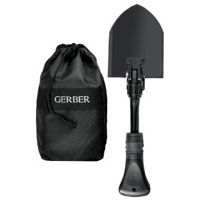
Collapsible Shovel – Compact and useful for digging fire pits, shelters, and can even be used as a frying pan if cleaned.
Water Purification – The most compact purification system are iodine tablets, though if you think you'll be traveling with a group (roommates, friends, family), you may want to consider carrying a water purification jug and filter. This comes in especially handy in long term survival, where you may establish base camp for days or weeks. When necessary, water can also by purified.
Water Storage – Lugging around a 40lb jug isn't entirely feasible, so in between camp locations, you'll need a canteen.
Sleeping Bag
Collapsible Tent – Carrying a collapsible tent prevents you from having to create new shelter every night. With modern materials, you can find lightweight tents that fit four and fold down into a 24x6x6 area, which can easily be attached to the exterior of your bag. If you don't want to carry a tent, you can try making one of these.
Fire – You should have many ways of starting a fire. A couple packs of strike anywhere matches, a five-pack of Bic lighters, and a magnesium block and striker will keep you business for a very long time. You can get a government issue striker for about $6.
Cotton balls or, ahem, tampons, make great fire starting material.
Climbing Rope – You can never have enough rope. Climbing rope is rated to handle both heavy weights and shock forces. Combined with climbing carabiners (not those junky keychain ones), 50-100 feet of rope can come in very handy when navigating tricky areas. I keep a length of rope that has a knot and carabiner already attached to one end.
General Purpose Rope – Great for pending shelters, making rafts, dragging and lifting game, creating traps, and many more things, you'll want to have plenty of non-climbing rope (not rated for shock) for general uses. Paracord is popular, strong, and relatively inexpensive.
Knot Tying Guide – You can either learn a ton of knots or pick up a small plastic card set that tells you how to tie a bunch of different knots. It's not the first thing that pops into your mind when you think survival. (BBoOS, 44)
Socks/Underwear – Unfortunately you're probably going to be stuck wearing the same clothes, day in, day out, but having dry clothing reserves is a smart idea to prevent infections, especially in the feet and groin.
Food – While you won't be able to live out of your pack, it is wise to keep some long lasting, energy dense food in your pack to help get you through lean times. Dried pinto beans just need to be boiled, while tinned meats can be eaten straight away. Nuts, chocolate, and peanut butter are also calorie dense for energy and many can be doubled as bait for animals if necessary.
Appropriate Clothing – This depends on where you are and where you're heading, but even in the heat, you'll want lightweight layers that can protect your skin from exposure, keep you warm at night, but not be sweltering during the day.
Bandannas – Wrapped over the head they protect from the sun, over the mouth they protect from dust, or soaked in water they can keep you cool. Also capable of serving as bandages and bindings. Or signaling which marauding tribe you've joined. (Just kidding.)
Gloves – In cold climates you'll want gloves to keep your hands warm, though in all climates a pair of leather working gloves can protect your hands and fingers from cuts and splinters while chopping wood.
Waterproofing – With either garbage bags or a tarp, you can create a waterproof pack or impromptu shelter. Garbage bags are wise to have regardless of whether or not you've decided to pack a tent.
Radio – A hand crank radio for tuning into emergency stations is a great idea and a multiple band CB hand held may enable you to make contact with others nearby. Or, if you think you'll be part of a group, radios for several members can make hunting and traveling safer and easier.
A Survival Book – Let's be honest, unless you spend a great deal of time training and studying to build fires, shelters, and snares, you're not going to remember any of it when disaster strikes. Buy a decent survival guide that fits in your pack.
I'm sure many people will tell you many different things about survival packs. What not to have, what to have, this is too heavy, that's not necessary, etc. When it comes right down to it, it's better to have more stuff rather than not enough. After all, if you master building a lean-to shelter, you could ditch the tent, or trade it for something else you need.
This is a pretty extensive kit, but if you think something's missing, pack it. If you think it's too heavy, ditch something. Customize the kit to your own body and geographic location. But you can't go too wrong with the stuff listed above. Good luck – but I hope you'll never need it.



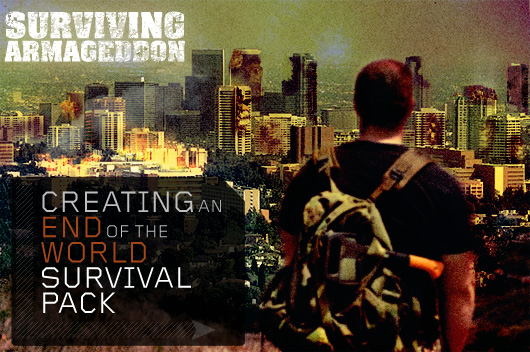
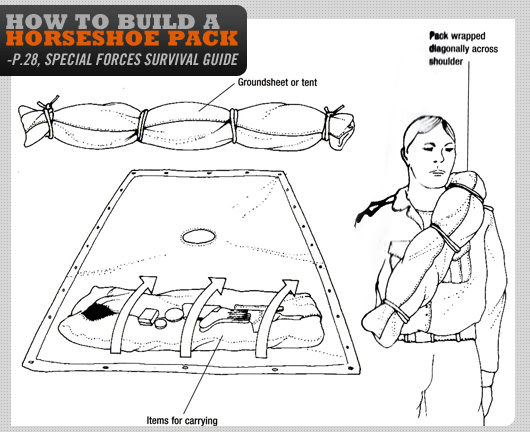
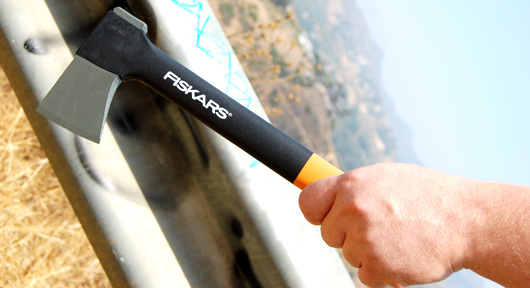
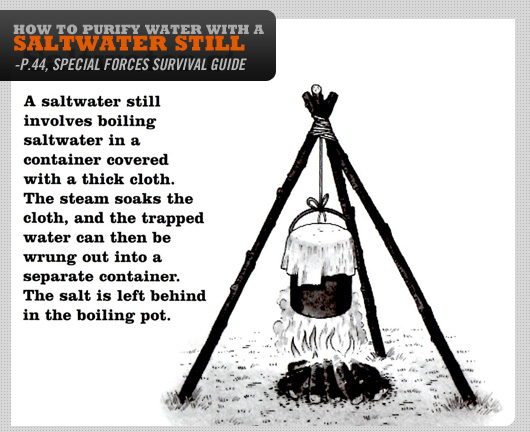





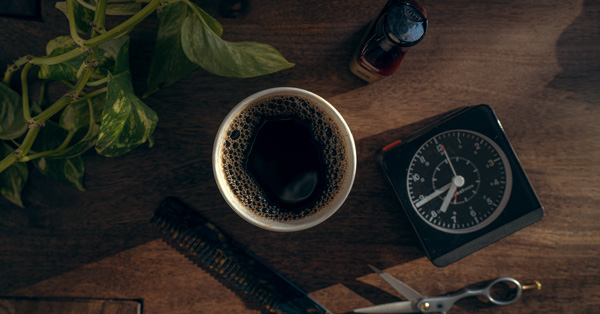
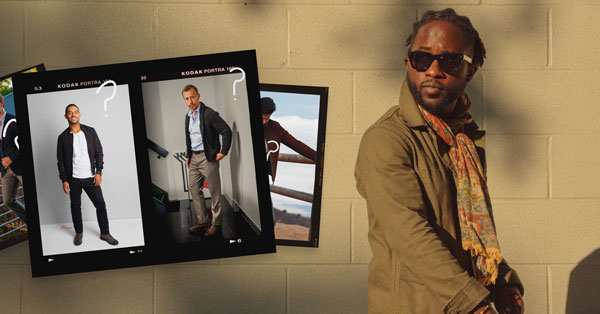
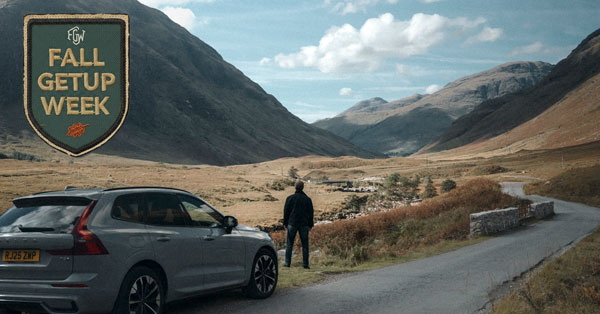

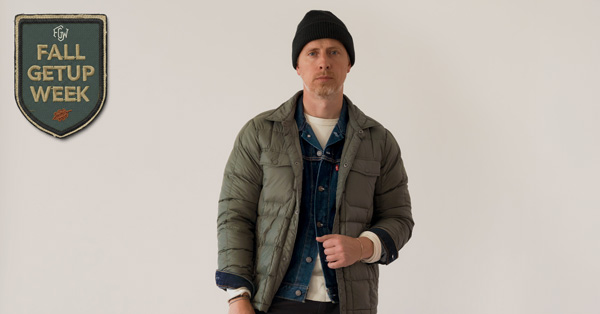
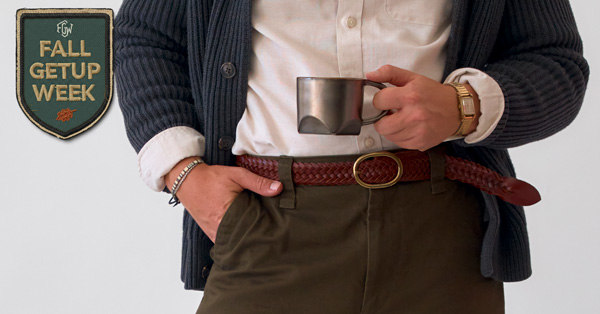
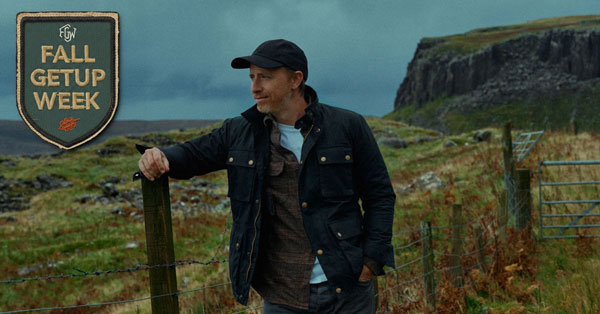
![Types of Jackets: An Encyclopedic Guide to Finding Your Perfect Style + How to Wear Them [28 Styles]](https://www.primermagazine.com/wp-content/uploads/2025/10/jacket-types_feature.jpg)